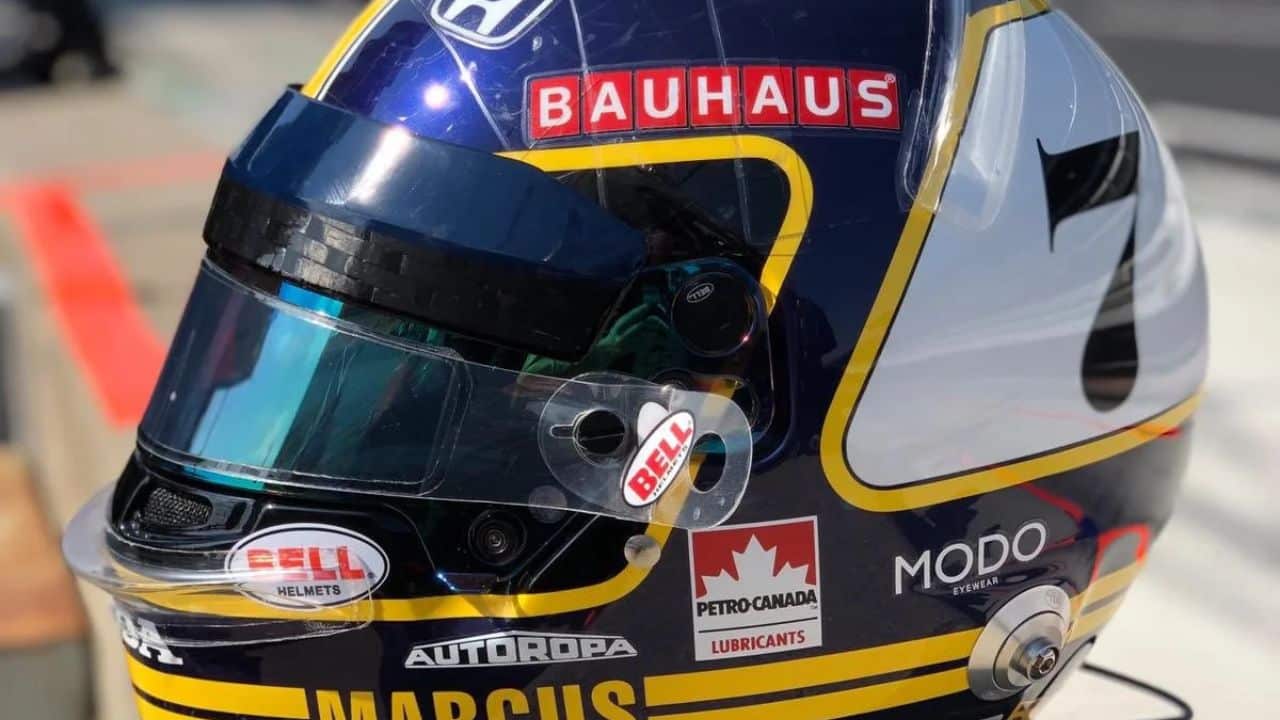IndyCar drivers wear a special tube in the cockpit of their helmet, but what is it and how does it aid them in races
Why isn’t there a system like this in Formula One?
What Is the Indy Car Helmet Tube, Meaning And How Does It Assist Cockpit Drivers
When the powers that be strive to make racing safer for individuals who choose to strap themselves into a mix of fuel, carbon, and rubber, unforeseen consequences can occur. IndyCar chose to implement the aeroscreen cockpit head protection gear ahead of the 2020 season.
It’s essentially a large screen that keeps small debris out of the cockpit and away from the halo, which is the most vulnerable section of any racing driver in the car. The aero screen, on the other hand, has had one effect on how drivers prepare for races.
IndyCar drivers are now required to wear a tube in their helmets while driving. Why is this the case, and why do Formula One drivers lack a similar system?
What Does the Indycar Helmet Tube Actually Do?
Previously, Indycars had an open cockpit, allowing drivers to blow cool air over their helmets whenever they wanted. The aeroscreen prevents cool air from flowing over the driver’s head, elevating cockpit temperatures.
Obviously, this is not sustainable or healthy for drivers, hence the helmet tube was implemented by IndyCar. The air is channelled through the tube using a scoop on the side of the car to supply cool air to the driver.
It is not required because Helio Castroneves’ tube detached at the 2022 Indianapolis 500. On the front of the cockpit, there are two vents that funnel air to the driver.
Why does not F1 have tube?
Since the introduction of the halo in 2018, Formula 1 cars have had cockpit head protection. Because that system is open, air can still get to the driver, therefore there is no need for a helmet tube, unlike in IndyCar.
At the 2016 Russian Grand Prix, F1 tested a version of the aero screen. At the 2017 British Grand Prix, Daniel Ricciardo and Sebastian Vettel both tested a variant on their Red Bulls before the series opted for the halo.
ALSO READ: Not politics but educational app my new venture: Ganguly



